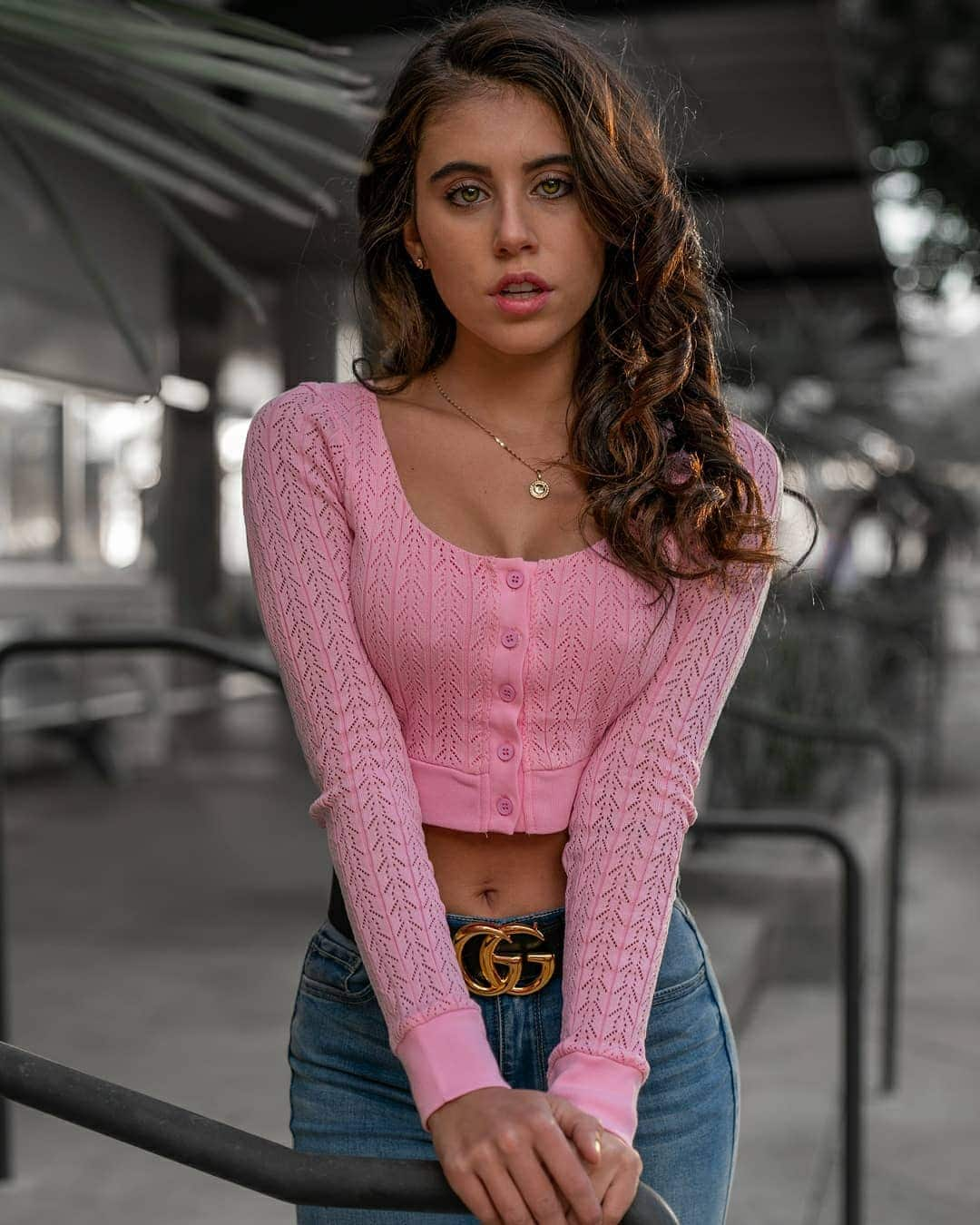Have you ever stopped to truly consider the color violet? So often, when we hear "violet summers bio," our minds might jump to a person, perhaps someone well-known, or maybe a character from a story. But what if "Violet Summers" isn't a person at all? What if it's about the very essence of violet itself, a deep dive into its characteristics, its presence, and its quiet, powerful influence? That, in a way, is what we are exploring today.
It's almost like giving a life story to a hue, a plant, or even a feeling. We're talking about a color that holds a special place in the visible light spectrum, a hue that many people find truly captivating. This look into "violet summers bio" really helps us appreciate something often seen but perhaps not fully understood, you know?
We will explore what makes violet so distinct, from its position in light to its appearance in nature and art. This information helps us understand why violet has such a way of influencing people without being overbearing. It’s a color that carries the calmness of blue with an invigorating touch, truly a unique blend.
Table of Contents
- The Essence of Violet: A Spectrum Story
- Violet in Bloom: The Flower's Tale
- Violet in Art and Perception
- Violet's Defining Attributes
- Key Characteristics of Violet: A Summary
- Frequently Asked Questions About Violet
The Essence of Violet: A Spectrum Story
Violet sits at one end of the spectrum of visible light, which is quite interesting. It’s located precisely between blue light, which has a longer wavelength, and ultraviolet light, which has a shorter wavelength. That shorter wavelength for ultraviolet light means it is not visible to humans, so violet is, in a way, our last stop before the unseen.
This position gives violet a very unique identity. It’s the color evoked by the shortest visible wavelengths, typically around 380 nanometers. This means it’s right on the edge of what our eyes can pick up, which is pretty cool if you think about it. It’s almost like it's peering into another dimension of light.
When we talk about violet, people often wonder if it’s just a shade of blue. The answer is a clear no. While violet certainly has blue undertones, it is actually its own distinct color. It holds its own place, not merely a lighter or darker version of something else. This distinct identity is a core part of its "bio," so to speak.
This tone of violet, this approximation of its purest form, is a deep, captivating color. It truly straddles the line between blue and purple on the visible spectrum of light. This blend gives it a special kind of depth, making it quite complex in its simplicity, you know?
Violet in Bloom: The Flower's Tale
Beyond the light spectrum, violet also flourishes beautifully in nature as a flower. Many of the over 500 species of violet flowers are perennial plants. This means they come back year after year, showing a lot of resilience and a consistent presence in gardens and wild spaces.
Yet, these rugged plants can also be treated as fragrant annual plants. This is often done for early spring color, bringing a burst of life and scent when many other plants are still dormant. It’s a testament to their versatility, really, that they can adapt to different roles in a garden.
The color of most violets, the actual flower, is typically that familiar soft purple-blue. It’s a very gentle hue, which is interesting because the light spectrum violet can be quite intense. This contrast between the light and the flower shows the broad range of what "violet" can mean.
A phrase like "you are looking at a crushed violet, a spent egg, a squeezed tube" might describe something that has lost its vibrancy, its life force. But the violet flower, in its natural state, is anything but crushed. It’s a symbol of delicate beauty and enduring spirit, quite the opposite of something spent.
Violet in Art and Perception
In art, violet holds a significant spot on the conventional color wheel. It’s located right between red and blue, and it's opposite yellow. This placement makes it a very important color for artists, allowing for a wide range of expressions and combinations. It’s a fundamental part of how we perceive and create with color.
On the HSV color wheel, also known as the RGB color wheel, the tertiary color precisely halfway between blue and magenta is called color wheel violet. This precision in color theory highlights its defined role in digital and traditional art alike. It’s not just a random shade; it has a calculated position.
Violet, as a color, carries the calmness of blue with an invigorating quality. This combination makes it a very appealing color for many. It’s not aggressive or loud, but it certainly isn't dull either. It has a subtle energy that draws you in, you know?
It’s quite fascinating how violet has a way of influencing people without being overbearing. It doesn't demand attention, but it certainly holds it. These attributes are why people often respect and appreciate violet. It’s like a quiet leader, strong yet gentle.
Violet's Defining Attributes
The concept of violet, whether as a color or a flower, really embodies a lot of positive traits. Its ability to be both calm and invigorating shows a kind of balance that is very appealing. It's not one extreme or the other, but a harmonious blend.
In essence, it’s been said that violet is the role model of all role models. This might seem like a strong statement for a color, but think about its qualities: its distinctness, its subtle influence, its beauty, and its resilience. These are qualities many people admire in others, too it's almost a reflection of ideal characteristics.
It stands apart, not needing to be a shade of blue to be recognized. This independence is a key part of its character. It has blue undertones, yes, but it defines itself. This self-contained identity makes it truly unique in the spectrum of colors.
The way violet can be both perennial and annual, rugged yet fragrant, shows its adaptability and strength. It can endure, but it can also provide delicate beauty for a short, intense period. This versatility is another reason for its widespread appreciation, really.
Key Characteristics of Violet: A Summary
Here’s a quick look at some of the core attributes that define violet, drawing from what we’ve discussed:
| Characteristic | Description |
|---|---|
| Wavelength Position | Shortest visible wavelengths (around 380 nm), located between blue light and invisible ultraviolet light. |
| Color Identity | A distinct color, not a shade of blue, though it does have blue undertones. It holds its own unique place. |
| Spectrum Relationship | A deep, captivating color that sits between blue and purple on the visible spectrum of light. |
| Emotional Impact | Carries the calmness of blue with an invigorating quality; influences without being overbearing. |
| Artistic Role | A tertiary color on the HSV/RGB color wheel, precisely halfway between blue and magenta; located between red and blue on the conventional color wheel. |
| Natural Presence | Many species of violet flowers are perennial and rugged, but can also be treated as fragrant annuals for early spring color. |
| Symbolic Quality | Often seen as a "role model of all role models" due to its balanced and influential attributes. |
Frequently Asked Questions About Violet
Is violet a shade of blue?
No, not really. While violet does have blue undertones, it is actually its own distinct color. It holds a unique position on the visible light spectrum and the color wheel, separate from blue. It’s like saying a cousin is the same as a sibling; they share traits, but are their own person, you know?
What makes violet unique in the light spectrum?
Violet is unique because it represents the shortest visible wavelengths of light, around 380 nanometers. It sits right at the edge of what humans can see, between blue light and the invisible ultraviolet light. This position makes it a very special part of our visual world, almost a boundary marker.
How does violet influence people?
Violet has a way of influencing people without being overbearing. It carries the calmness of blue but also has an invigorating quality. People often respect and appreciate violet for these attributes; it’s a color that suggests quiet strength and a balanced presence, which is pretty compelling.
For more interesting facts about colors and their impact, you can learn more about color theory on our site. Also, check out this page for light spectrum basics to understand how colors are formed.
To learn more about the science of light and color, you might find information on reputable science education sites helpful, for instance, a university physics department's resources on optics, like those found at Britannica's section on light.



Detail Author:
- Name : Kolby Gutmann
- Username : fernando.mitchell
- Email : rogahn.chasity@gmail.com
- Birthdate : 1990-03-04
- Address : 956 Runolfsson Wells Lake Huldastad, ME 86685
- Phone : 281.576.6518
- Company : Heaney LLC
- Job : Coaches and Scout
- Bio : Voluptas iure alias aut impedit cupiditate sit totam. Nihil et ex est laudantium quia ex. Dolore voluptas ipsum et ut non quo tempore consequatur. Qui non eaque totam similique et.
Socials
linkedin:
- url : https://linkedin.com/in/parkera
- username : parkera
- bio : Voluptatibus error earum perferendis.
- followers : 999
- following : 1450
twitter:
- url : https://twitter.com/aliciaparker
- username : aliciaparker
- bio : Sit vitae possimus ut et similique aliquam sint. Et et reiciendis quibusdam tempora veniam exercitationem. Sit quisquam illum et quod omnis expedita.
- followers : 5214
- following : 2206
tiktok:
- url : https://tiktok.com/@alicia8448
- username : alicia8448
- bio : Eos ullam et mollitia exercitationem rerum dolorum similique.
- followers : 2762
- following : 2023